The two leading international organizations that monitor the freedom and safety of journalists have issued end of the year reports on violence and kidnappings targeting journalists, especially in the Middle East. For just doing their job, journalists can be detained, held hostage, or beheaded.
Reporters Without Borders, or Reporters Sans Frontiers (RSF) tracks journalists killed in the course of their work. In 2014 there were 66. It comes to 720 in the past decade. In addition, 19 citizen journalists and 11 media workers were slain in 2014.
Although the number killed this year is down 7 percent from 2013, the nature of the violence against journalists has changed. In 2014, “carefully-staged threats and beheadings,” were used for special purposes.
“Rarely have reporters been murdered with such a barbaric sense of propaganda, shocking the entire world,” stated the RSF 2014 report. Exposed to more kinds of threats, journalists fled into exile in 2014 at twice the number as in 2013.
The Committee to Protect Journalists (CPJ) report, published on Dec. 23, stated that at least 60 journalists have been killed, and identifies each one and the circumstance of death. CPJ will likely add several more to its count as it investigates at least 18 more journalists killed in 2014 to determine which of these deaths were work-related.
CPJ reported, “More than 40 percent of the journalists killed in 2014 were targeted for murder. About 31 percent of journalists murdered reported receiving threats first.”
More common than murder is being threatened or physically attacked by protesters or police, according to RSF. For instance, “In China, the Communist Party did not hesitate to use plainclothes thugs to prevent journalists from covering demonstrations,” stated the report.
CPJ and RSF may arrive at somewhat different counts for a number of reasons. In Syria, where nearly one quarter of the deaths occurred, the areas that the Islamic Republic controls are dangerous and restricted. At the request of the victim’s family, the cases are often not publicized. Consequently, it is harder to know the precise number of journalists killed or held captive in Syria.
Also, CPJ uses a wider definition of journalist that includes “staff journalists, freelancers, stringers, bloggers, and citizen journalists,” while RSF separates the counts for professional and citizen journalists.
Syria Most Dangerous
Both reports agree that the country with the most journalist deaths was war-torn Syria at 15 (RSF) or 17 (CPJ). Other countries with high numbers of journalists’ deaths were Palestine, Ukraine, Iraq, and Libya. These five “deadliest” countries, each involved in armed clashes, constitute the majority of all known journalists’ deaths in 2014.
“Syria has been the most dangerous country in the world for journalists for more than two years,” stated CPJ. At least 70 journalists have been killed covering the conflict in Syria and near the border in Lebanon and Turkey. Most of these deaths—more than three-fourths—resulted from crossfire or combat circumstances. However, some “journalists have also been directly targeted by all sides of the conflict.”
CPJ gave one example from Syria of two correspondents and a cameraman from Syrian opposition TV station Orient News. They were killed Dec. 8, when they were covering clashes in a village in Deraa Province. Their car was hit by a guided missile fired by government forces. Their car was easily identifiable as being for media because it was carrying a satellite dish nearly 6 feet wide. Based on CPJ research on the Assad regime, CPJ attributed the attack as an attempt to silence news reports of the war.
Most of us are familiar with the tragic deaths somewhere in Syria of U.S. freelance journalists James Foley, beheaded Aug. 19, and Steven Sotloff, beheaded Sept. 2. Foley had been kidnapped in Nov. 2012.

Reporters or photographers cannot work in territories controlled by the Islamic State in Iraq and Syria unless they swear allegiance to the caliphate. “Journalists are closely monitored and often hunted down, kidnapped and killed,” stated the RSF report.
Not only in Syria are reporters targeted. In a region in northwest Colombia (Department of Antioquia), RSF states, “criminal paramilitary groups sow terror… often circulate hit-lists with the names of journalists earmarked for elimination. Reporters are threatened, attacked and murdered with almost complete impunity.”
On July 20, Khaled Reyadh Hamad, a Palestinian cameraman and photographer, was killed in Gaza, Israel during the ferocious battle where 60 Palestinians and 13 Israeli soldiers died. Hamad was working on a film to document the dangers that Palestinian medics face. He was riding in an ambulance that was hit by a shell from Israeli forces. A spokesperson for the Israeli Defense Force said they do not target journalists.
Kidnappings Way Up
The number of abductions of professional journalists shot up to 119, which is a 37 percent increase from last year, according RSF. The four countries where nearly all of the kidnappings occurred are Ukraine (33), Libya (29), Syria (27) and Iraq (20).
Worldwide, forty journalists or citizen journalists are currently held hostage. Local journalists are mostly those targeted and constitute ninety percent of all abductions.
CPJ reports that since hostilities began in Syria, more than 80 journalists have been kidnapped, a number that is unprecedented in CPJ’s recordkeeping.
Journalists Imprisoned
RSF states that worldwide, 178 professional journalists are currently in prison while coincidentally an equal number of citizen journalists are also incarcerated. Five countries, led by China with 29 professional journalists jailed, followed by Eritrea (28), Iran (19), Egypt (16) and Syria (13)—altogether constitute 59 percent of the total.
The CPJ report identifies 44 journalists imprisoned in China. CPJ also found that China has jailed at least 78 citizen journalists.
CPJ’s list of imprisoned journalists totals to 220, but as said earlier, its definition differs from RSF’s.
The world has been made well aware of the miscarriage of justice and absurd charges in Egypt this year. Viewers of Al-Jazeera hear demands several times daily for the release of three of its journalists, Peter Greste, Mohamed Fahmy and Baher Mohamed, who were sentenced in June by an Egyptian court, with seven years for Greste and Fahmy, and 10 years for Mohamed. They are charged were aiding the Muslim Brotherhood and reporting false news.

According to RSF, at least 853 professional journalists were arrested in 2014—an annoyance that disrupts their reporting. In Ukraine, journalists are detained and taken away by both government forces and separatist rebels who operate checkpoints. A few hours later, they are usually freed without any explanation.
One-fourth of the arrests occurred in five countries: Ukraine (47), Egypt (46), Iran (46), Nepal (46), and Venezuela (34).
Founded as a nonprofit in 1985 in France, Reporters Without Borders has gained international recognition for the work it does in providing assistance to journalists assigned to dangerous areas. It has consultant status at the United Nations and UNESCO, according to its website.
The Committee to Protect Journalists was founded in 1981 by a group of U.S. correspondents. “CPJ promotes press freedom worldwide and defends the right of journalists to report the news without fear of reprisal,” according to its mission statement. CPJ documents cases, publishes reports and provides moral and material support when journalists are “censored, harassed, threatened, jailed, kidnapped, or killed for their work.”

You will find more statistics at Statista
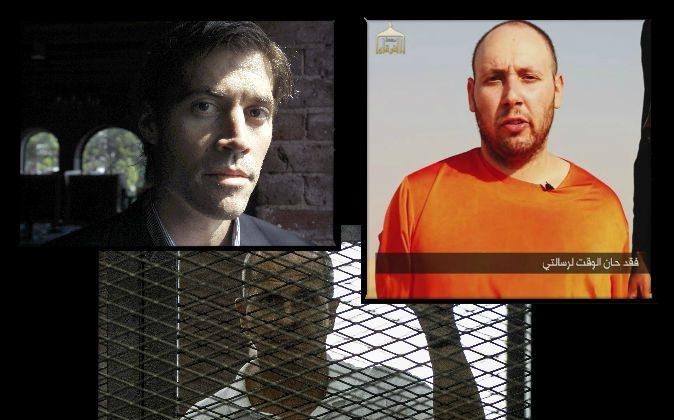
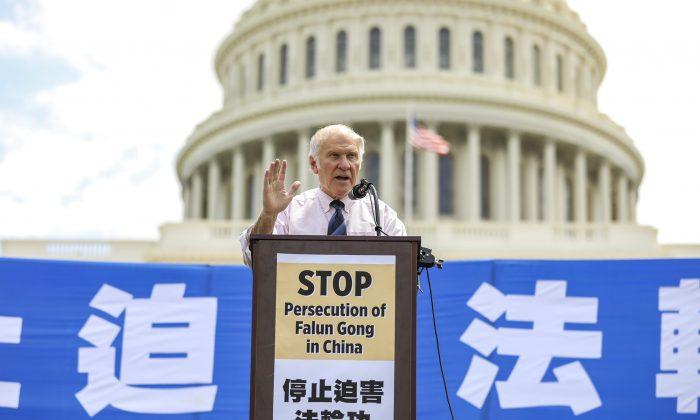
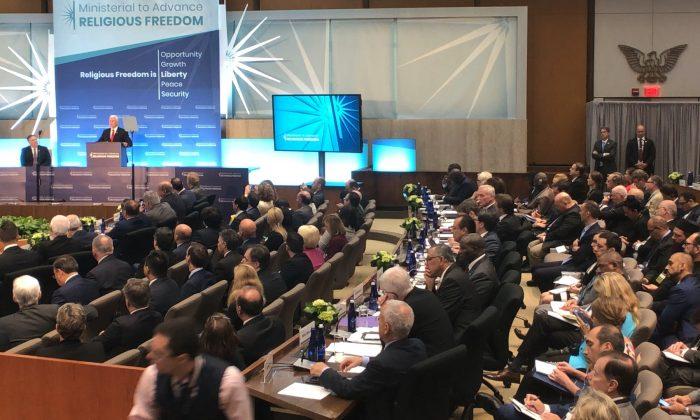
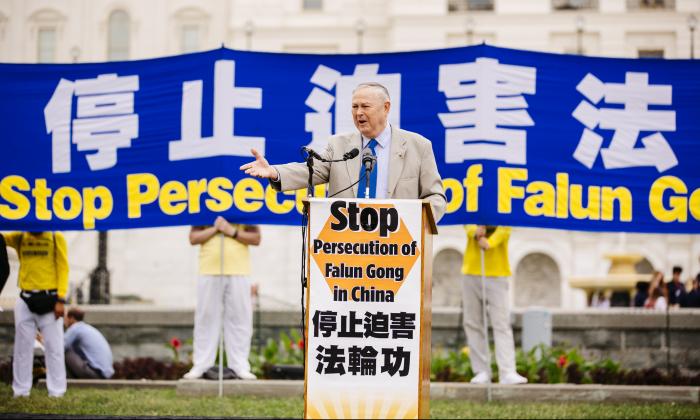
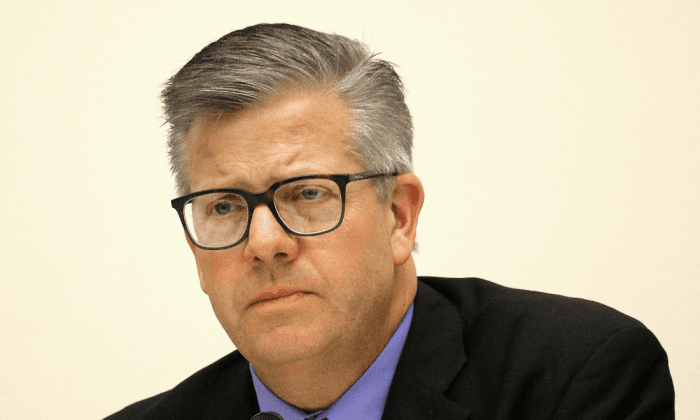
Friends Read Free